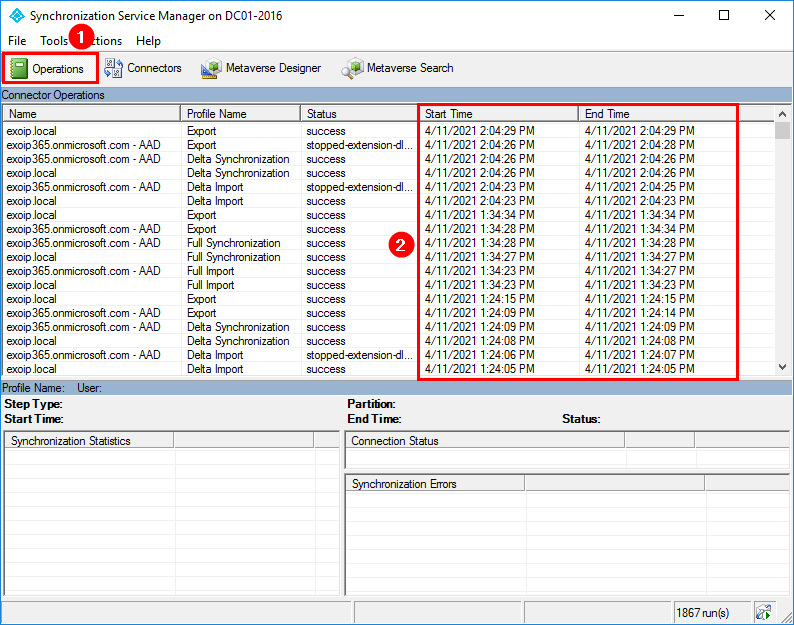

Other products and features that may interact with Conditional Access policies require appropriate licensing for those products and features. Risk-based policies require access to Identity Protection, which is an Azure AD P2 feature. To find the right license for your requirements, see Compare generally available features of Azure AD.Ĭustomers with Microsoft 365 Business Premium licenses also have access to Conditional Access features.

Using this feature requires Azure AD Premium P1 licenses. Requiring organization-managed devices for specific applications.Blocking or granting access from specific locations.


Policies can then force users to change their password, do multifactor authentication to reduce their risk level, or block access until an administrator takes manual action. Signals integration with Azure AD Identity Protection allows Conditional Access policies to identify risky sign-in behavior.Real-time and calculated risk detection.Users attempting to access specific applications can trigger different Conditional Access policies.Use filters for devices to target policies to specific devices like privileged access workstations.Users with devices of specific platforms or marked with a specific state can be used when enforcing Conditional Access policies.Administrators can specify entire countries/regions IP ranges to block or allow traffic from.Organizations can create trusted IP address ranges that can be used when making policy decisions.Policies can be targeted to specific users and groups giving administrators fine-grained control over access.Common signalsĬommon signals that Conditional Access can take in to account when making a policy decision include the following signals: Conditional Access isn't intended to be an organization's first line of defense for scenarios like denial-of-service (DoS) attacks, but it can use signals from these events to determine access. Conditional Access policies are enforced after first-factor authentication is completed.


 0 kommentar(er)
0 kommentar(er)
